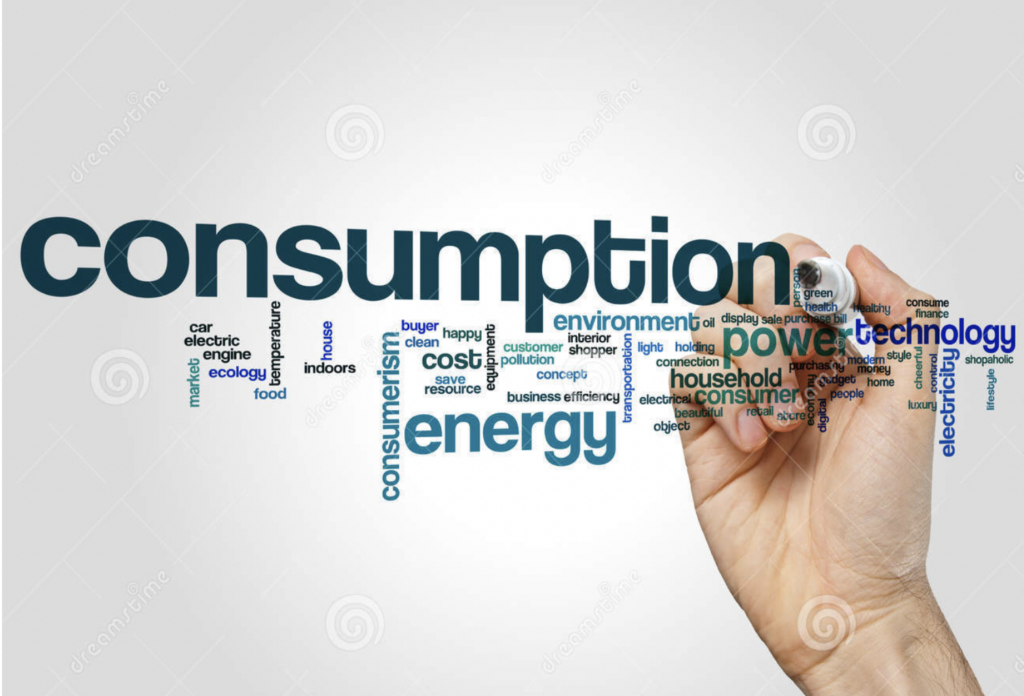
From electricity sources to drinking water and eating food, today’s consumption rate is greater due to increasing resource loss rather than effective usage, posing a problem for future generations. A lady in The story of stuff said, “In the past three decades alone, one-third of the planet’s natural resources have been used” (the story of stuff, 2009).
The UN has come up with The Sustainable Development Goals (SDGs) that are a set of 17 global goals set to transform the world by 2030. One of its 17 aims is responsible consumption and production, which is critical to attain because it is a driving force in the global economy. This aim can be achieved through a number of methods.
First and foremost, firms must manufacture things that will last for a longer period of time. Businesses nowadays only make money by offering things that are easy to break so that customers would come back to buy again. Secondly, in this case, the government has already come forward to support the public by reducing VAT( Value-added tax). “To encourage the recycling of goods, the Government proposes a reduction in the VAT rate from 25 per cent to 12 per cent for repairing bicycles, shoes, leather goods, clothing and household linen” ( Ministry of Finance, 2019).
Furthermore, Food waste has skyrocketed in recent decades, and individuals are squandering more food than ever before. Food shortages are resulting in many regions of the world, including famine in some parts of Africa, where people are dying of starvation. People should be punished for wasting food, in my opinion, and various countries throughout the globe are implementing this policy to reduce food waste. South Korea is one of the countries which charges people a fee for their food recycling. In 2016, “ Seoul implemented a regulation requiring citizens to pay the recycling fee for their food waste – a fee based on the amount of waste” (FoodHero, 2019). As a result, people are motivated not to waste food when they have to pay a fee.
When consumption is reduced, the rate of production is lowered as well, ensuring that resources will be available for future generations to use.
References :-
Kostense, E., & Haar, J. (2015). Sustainable consumption and production. United Nations. Retrieved April 12, 2022, from https://www.un.org/sustainabledevelopment/sustainable-consumption-production/
Ministry of Finance. (2019, January 20). Strategy for sustainable consumption. Regeringskansliet. Retrieved April 12, 2022, from https://www.government.se/articles/2016/10/strategy-for-sustainable-consumption/
The story of stuff – youtube. (2009, April 23). Retrieved April 12, 2022, from https://www.youtube.com/watch?v=9GorqroigqM
FoodHero. (2019, September 2). 5 countries leading the fight to end food waste. FoodHero. Retrieved April 12, 2022, from https://foodhero.com/blogs/countries-fighting-food-waste
Leave a Reply
You must be logged in to post a comment.